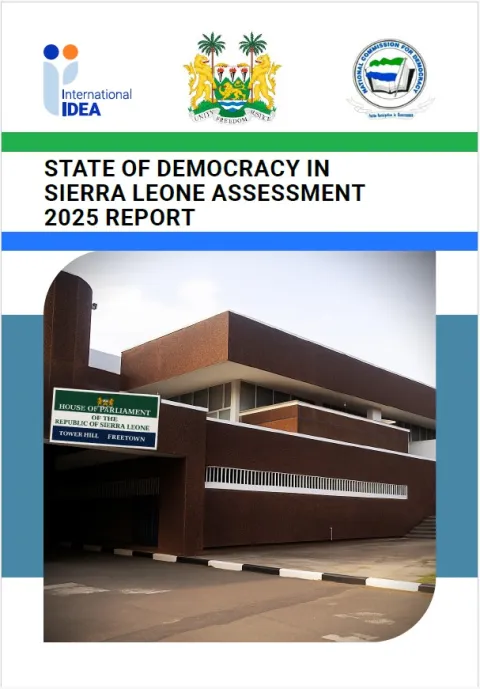Introducing Electronic Voting
Electronic voting is often seen as a tool for making the electoral process more efficient and for increasing trust in its management.
Properly implemented, e-voting solutions can increase the security of the ballot, speed up the processing of results and make voting easier. However, the challenges are considerable. If not carefully planned and designed, e-voting can undermine the confidence in the whole electoral process.
Technology upgrades in elections are always challenging projects that require careful deliberation and planning. Introducing e-voting is probably the most difficult upgrade as this technology touches the core of the entire electoral process—the casting and counting of the votes.
E-voting greatly reduces direct human control and influence in this process. This provides an opportunity for solving some old electoral problems, but also introduces a whole range of new concerns. Consequently, e-voting usually triggers more criticism and opposition and is more disputed than any other information technology application in elections.
This Policy Paper outlines contextual factors that can influence the success of e-voting solutions and highlights the importance of considering these factors before choosing to introduce new voting technologies.
Details
Staff author
Related databases & tools
Contents
Key Recommendations
Executive Summary
1. Background and Introduction
2. Guiding Principles and Overall Goal
3. The E-Voting Pyramid of Trust
Recommendations
Annex A
Annex B
References and Further Reading
Abbreviations
Acknowledgements
Give us feedback
Do you have a question or feedback about this publication? Leave us your feedback, and we’ll get back to you
Send feedbackIntroducing Electronic Voting

| Total views | 30561 |
|---|---|
| Downloads | 764 |
| Rating |
Staff author
Related databases & tools
Give us feedback
Do you have a question or feedback about this publication? Leave us your feedback, and we’ll get back to you
Send feedback












